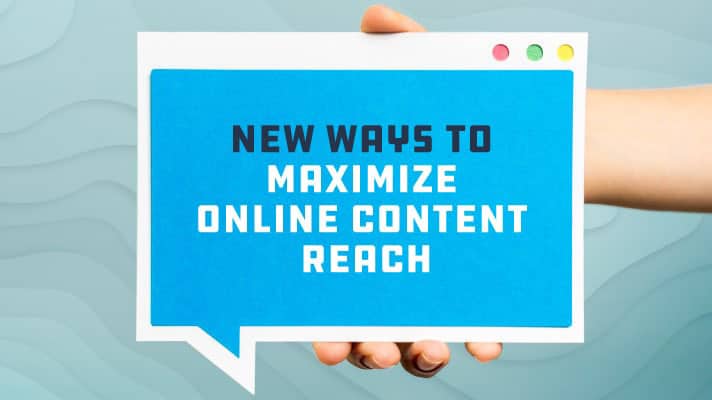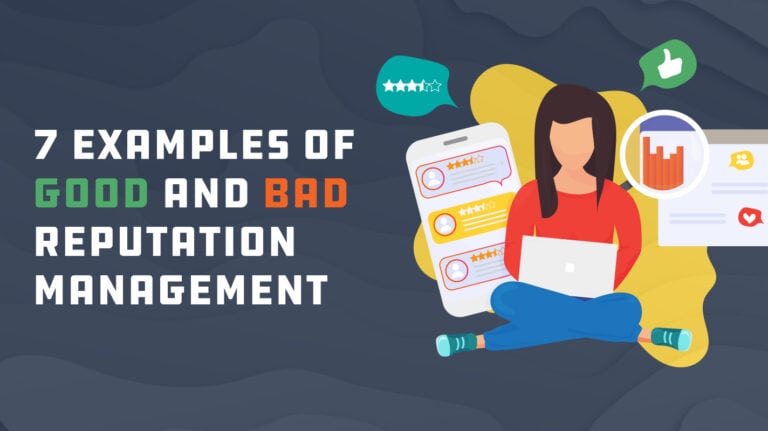As more and more business moved online, the assumption was that it would be easier than ever to sell directly to our customers. Part of that prediction definitely came true as consumers surf through a global marketplace of goods without leaving their home (or desk…you know you do it, too). And sellers are now able to move larger volumes of products as well as focus on incredibly niched offerings. So what is the down side of this ability to reach anywhere at any time? It is now harder than ever to turn strangers into customers. Enter inbound marketing methodology and the magnet to growth and lead generation.
As a certified HubSpot Agency Partner, we follow the inbound marketing methodology to grow our own agency. And we help our retainer clients grow their businesses by attracting their own perfect client mix. We practice what we preach (or in this case what we sell) not because it is one of the hottest marketing trends. We practice inbound marketing methodology for ourselves and our clients for two simple reasons: first, it appeals to our sense of how we like to buy and second, it just simply works…really, really well.
In traditional marketing, the messaging was targeted at the client and without much thought, planning, nor research. It is the proverbial, throw everything at everyone everywhere and see if you can reach a few clients. Not only was this approach time consuming and expensive, it is disruptive and annoying. It is like taking a giant megaphone to a crowded stadium and shouting taglines until that one person in the thousands stands up and purchases your product.
Enter the Inbound Marketing Methodology
Using the stadium example from above, imagine if the stadium has only enough seats for exactly the number of clients you want to attract. Building and maintaining that stadium just shrunk in budget. Now imagine the thousands of people on the outside of the building going about their day and your messaging is being delivered to them when, where and how they are searching for it. You are a magnet drawing in the customers who walk right up to and into your stadium to happily pay for their seat.
As you will note from above, HubSpot focuses on attracting strangers to become visitors, converting them in to leads, closing them to become clients and then delighting clients to become your promoters. Name one company, brand or organization that wouldn’t want that?
Let’s focus instead on the smaller words at the bottom which is the “how” of inbound marketing. These actions are the work of inbound marketing which exposes, blurs, and blends the lines between sales and marketing becoming “SMarketing” (looking at you, Dan Tyre!).
My top seven inbound marketing tools are:
- Blogging – Content is king. Still. Be sure that you are capitalizing on your thought leadership and competitive advantage, or your competitor will.
- Social Media Posts -Social media channels are the most powerful free marketing tool ever. Fish where the fish are. Start posting and jump in the conversation.
- CTA’s (Call To Action) – It takes a lot of work to create and nurture all of the content above. Be sure you give the community clear direction of what you want them to do next.
- Landing Pages – A landing page is a standalone page dedicated to a specific community or conversation. It takes a lot of time and effort to define your personas. Be sure to send this nurtured audience to their page, not your homepage.
- Email – Email gets a bad name because it is so misused. Inbound marketing tools help segment your lists so you are getting the right message in the right inbox at the right time.
- Workflows – Workflows are smarketing’s little robots working behind the scenes automating tasks so that you and your team can humanize your interactions.
- Smart Content – Can you imagine walking up to your oldest friend and reintroducing yourself like you had never met? Smart content helps you build upon the relationship, just like we do in real life.
Now that is some smart smarketing.
Get Your First Taste of Inbound Marketing
Ready to delve deep into Inbound Marketing, including the Why’s and How’s? Download our ebook How to Attract the Ideal Customer With Inbound Marketing to learn how to start applying Inbound Marketing into your sales and marketing strategies.




